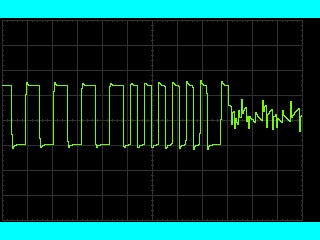Ice Rink2016-12-21 00:00:00
Experiment 1: Ice Rink Cam
The Ice Rink Cam is a webcam on an old laptop running Booru software and Windows 7. The intention of the experiment was to determine where the sun shone most on the rink, so maybe I could put up shade tarp and prevent solar gain.The camera was placed on a dresser next to a window facing the rink. Pictures were grainy and showed the window screen. However, this was good enough to provide an idea of how bright parts of the rink would get.
Photos from about 10:30 AM until around 1:00PM were flooded out with light, I suspect this was light coming in from the other windows and reflecting off this one. However, this corresponds to the time when the sun would be directly overhead anyway and shade tarps would have to be above the rink to be effective.
It proved to be difficult to see the detail of the shadow lines from the house and trees on the webcam, but from what I can tell the area is pretty well shaded with less solar exposure than the previous rink. One thing to keep in mind is that in Winter the sun generally shines farther South, so if the long side of your rink follows a N-S line, shade tarps will be less useful than if oriented E-W.
In conclusion, the success of this experiment was hampered by the quality of the equipment used and a cat who likes to sleep on that dresser. A little useful data was gathered, but not enough to make continuing or redoing the experiment worthwhile.



